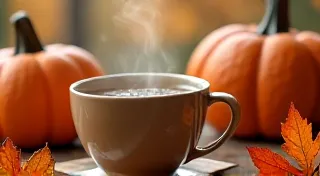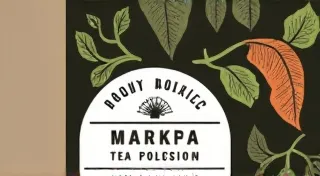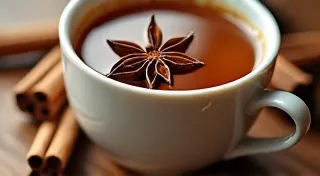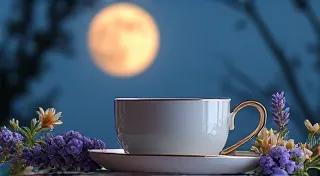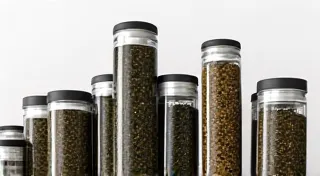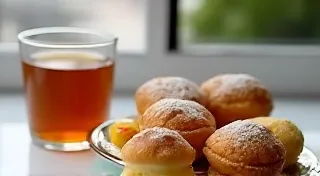Beginner's Guide to Tea Grading and Quality
Blending your own artisan tea is a rewarding journey, allowing you to create truly unique and personalized beverages. But before you start combining ingredients, understanding the basics of tea grading and quality assessment is crucial. This guide will walk you through the system, helping you choose leaves that will contribute to a balanced, flavorful, and exceptional final blend. Whether you're aiming for a soothing herbal infusion or a robust black tea creation, knowledge of tea grading is your foundation.
Understanding the Basics: What is Tea Grading?
Tea grading isn't about assigning a score like a "good" or "bad." Instead, it's a standardized system developed primarily in the tea-producing countries like India, China, and Sri Lanka. This system categorizes teas based on factors like leaf appearance, size, and the presence of stem and dust. While the specific terminology and categories can vary slightly between regions, the core principles remain the same. It is also important to note that the grading system is more relevant for *processed* teas (black, green, oolong, white) than it is for herbs, flowers, and spices which are often part of your final blend.
The grading system aims to provide a common language between producers, exporters, and buyers, ensuring consistent quality expectations. Knowing the grading system allows you to communicate your preferences more effectively and choose teas that align with your blending vision.
Common Tea Grades Explained
Let's break down some of the most common tea grades, focusing primarily on black and green teas, as these are frequently used in blending.
Black Tea Grades
Black teas are typically graded based on leaf size and appearance. Here's a simplified overview:
- Fannings & Dust (F&D): These are the smallest grades, consisting of broken leaf particles and "dust." They brew quickly and produce a strong color, often used in tea bags and lower-cost blends. Less desirable for artisan blending where you want control over leaf integrity and flavor complexity.
- Broken Leaf (BOP): Smaller than Orange Pekoe, BOP still retains some leaf character but is broken up more. It offers a good balance of flavor and brew time.
- Orange Pekoe (OP): One of the more desirable grades. It signifies a tea with relatively whole leaves and a good balance of flavor. "Orange" in this case isn't related to the fruit—it's a historical misnomer.
- Flowery Orange Pekoe (FOP): This grade includes a higher proportion of "tips" or unopened leaf buds, which contribute a delicate flavor and aroma.
- Golden Flowery Orange Pekoe (GFOP): A further refinement of FOP, GFOP signifies an even higher proportion of golden tips, resulting in a premium tea with a complex flavor profile.
- Tippy Golden Flowery Orange Pekoe (TGFOP): The highest grade, TGFOP indicates a very high proportion of tips and buds, creating a rich, nuanced flavor.
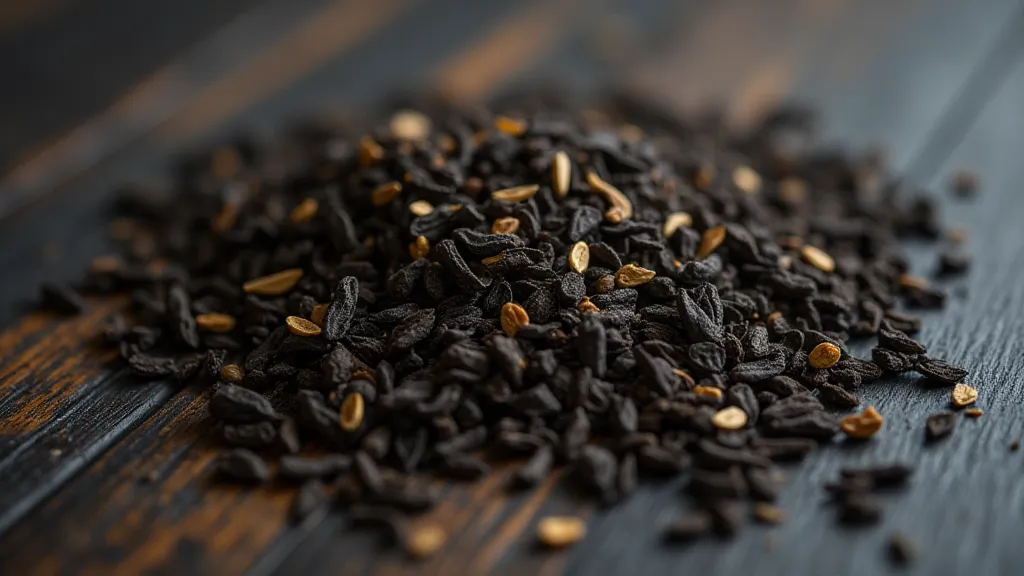
Green Tea Grades
Green tea grading often focuses on leaf appearance and color. Here's a simplified look:
- Industrial Grade/Granules: Broken leaves, often ground, used in mass produced teas. Not ideal for blending.
- Leaf: This indicates whole, unbroken leaves. It's generally considered a higher quality grade for blending.
- Fine Leaf: A refinement of "Leaf," indicating smaller, more delicate leaves.
- Gyokuro/Kabusecha: These terms refer to green teas that have been shaded before harvest, resulting in a sweeter, less astringent flavor. The grading within these categories is more nuanced and based on factors like color and needle length.
Beyond the Grade: Assessing Quality
While the grade provides a general indication of quality, it’s not the whole story. Here’s what to look for when assessing tea leaves:
- Appearance: Look for vibrant color (for black teas, this means rich dark brown or reddish-brown; for green teas, a bright green). Avoid dull or brownish leaves.
- Aroma: A good tea should have a pleasant, distinctive aroma. Avoid teas with musty or stale smells.
- Moisture Content: Properly dried tea should feel dry and crisp. Excessive moisture can lead to mold and spoilage.
- Leaf Integrity: Even within a given grade, the quality of the leaf can vary. Look for leaves that are intact and unbroken (unless broken leaves are desired for a particular blending effect).
- Origin & Processing: Understanding the origin and processing methods can provide valuable clues about quality. Different regions and processing techniques yield distinct flavor profiles.
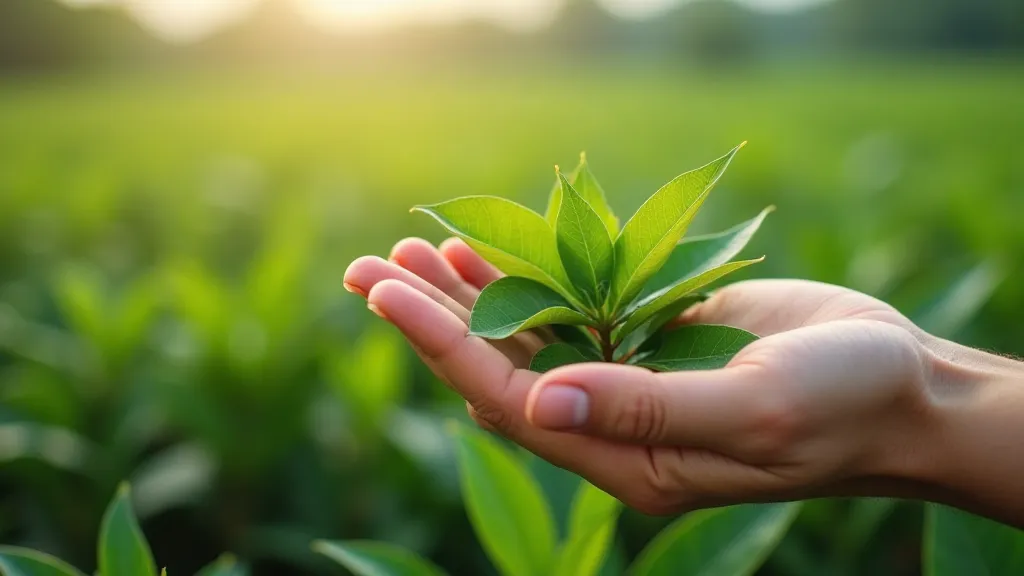
Grading Herbs, Flowers & Spices
Herbs, flowers and spices, vital components of many artisan tea blends, are graded differently. Instead of focusing on leaf size and appearance, quality assessment revolves around factors like:
- Botanical Integrity: Are the herbs whole and un-damaged?
- Color & Aroma: Strong, vibrant color and aroma are generally indicators of quality.
- Purity: Absence of contaminants like dirt, stems or other plant matter.
- Harvest Time: Many herbs and flowers have peak seasons for flavor and potency.
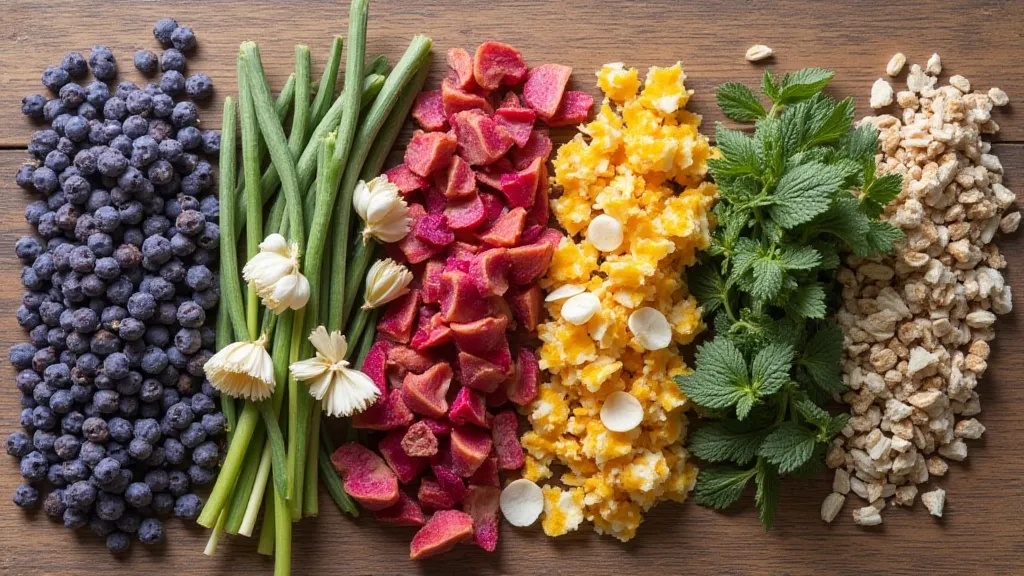
Putting it All Together: Blending with Knowledge
Understanding tea grading and quality assessment empowers you to create exceptional blends. By considering the grade, appearance, aroma, and origin of your teas and botanicals, you can build a repertoire of high-quality ingredients and craft unique, flavorful, and satisfying tea experiences. Don's be afraid to experiment, but always start with a foundation of informed choices.
